During the Holocaust, some young people went to great lengths to continue their education, enduring hostile peers and classroom settings, or finding ways to study while in hiding or in ghettos. Here are a few photographs and artifacts from the Museum’s collection that capture students’ experiences during the Holocaust, as well as those of educators who tried to help their Jewish students.
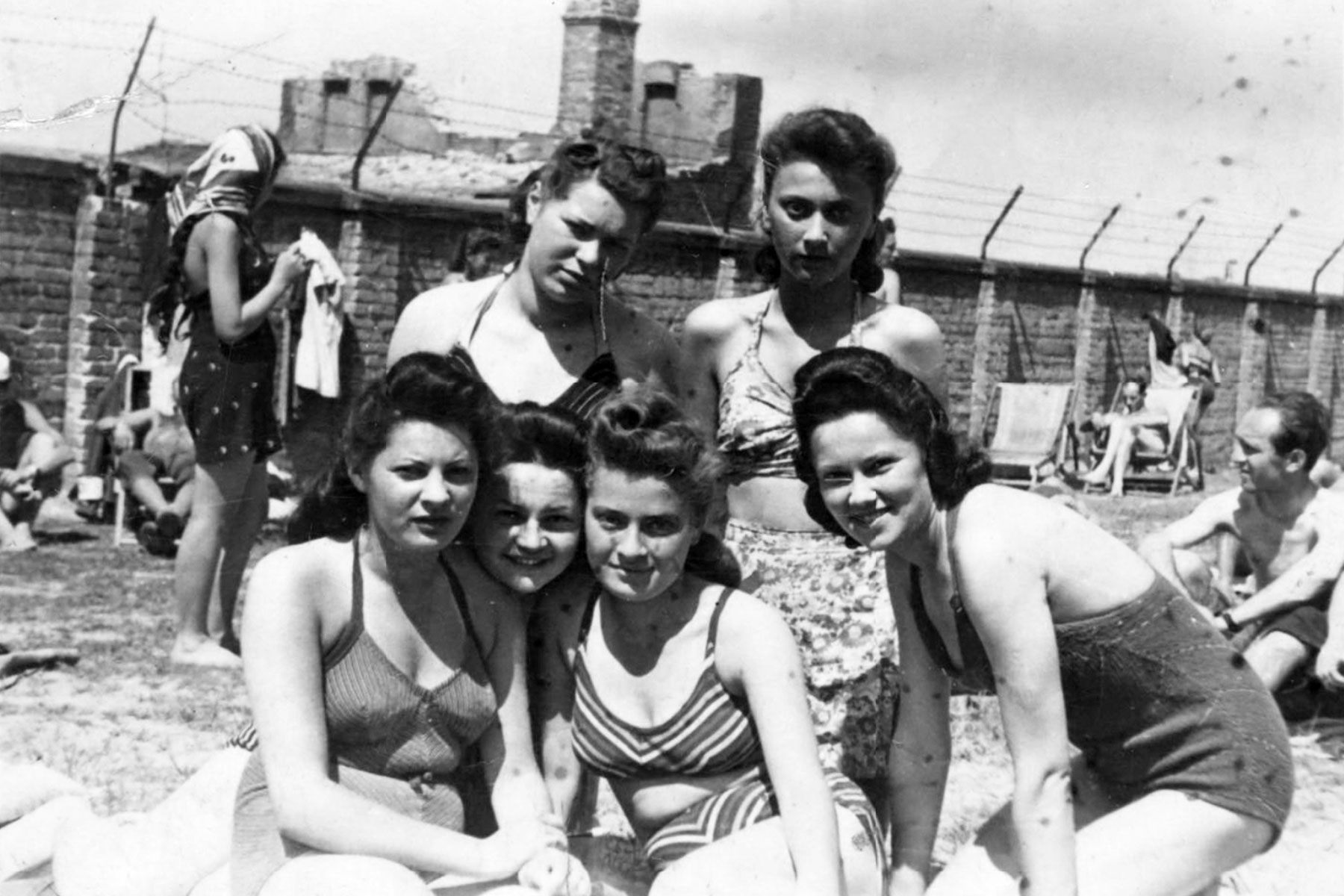
Even though formal school was forbidden in the Warsaw ghetto in Nazi-occupied Poland, a group of young people refused to give up on their education. They studied with a secret network of teachers who hid the students’ academic records. On the day they passed their high school exams in July 1942, they celebrated by sunbathing. The celebration didn’t last long, as the first deportations of Jews from the ghetto to the Treblinka killing center took place shortly thereafter. Only two of the women pictured survived the Holocaust.
US Holocaust Memorial Museum, gift of Eugenia Tabaczynska Shrut
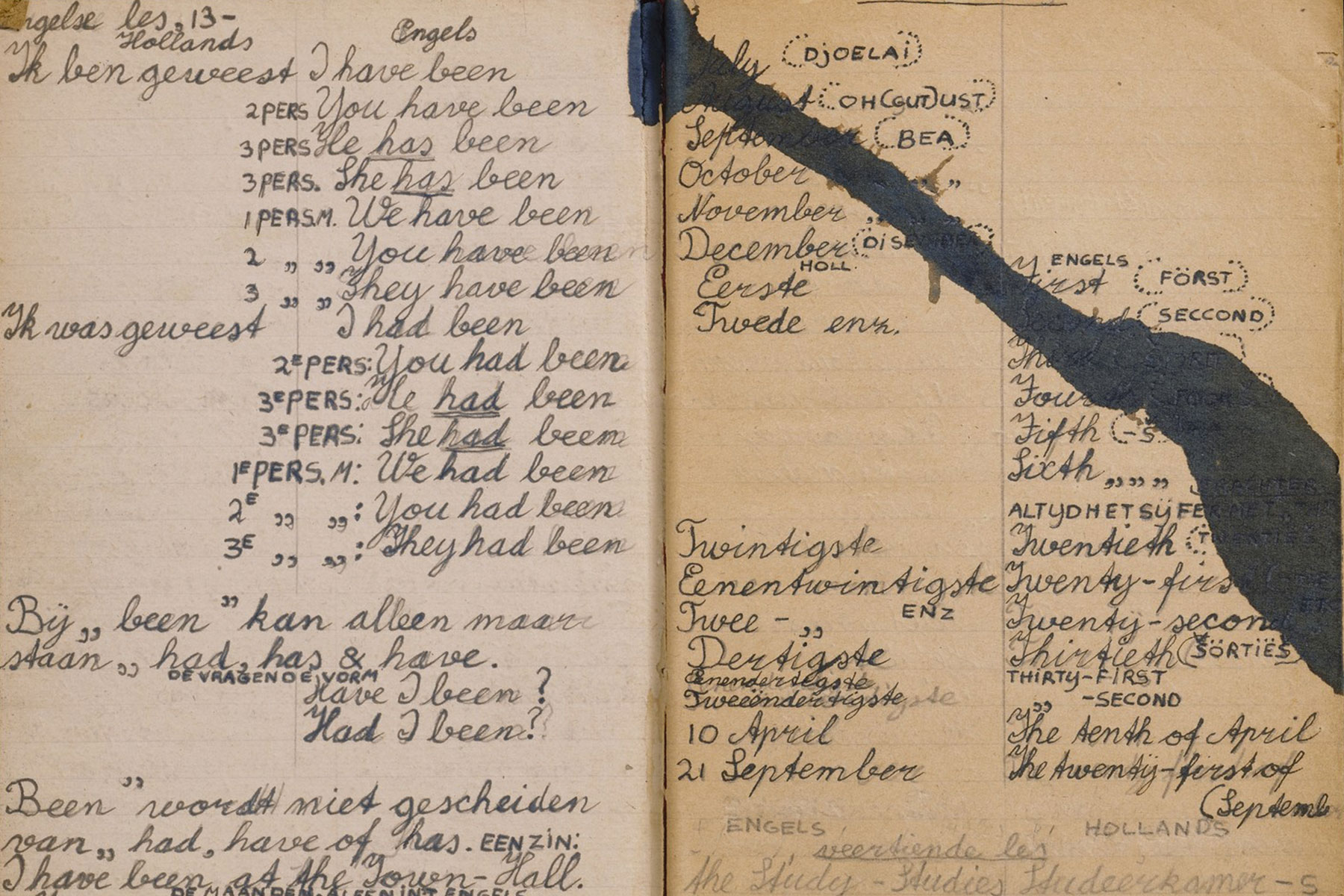
Max Heppner was a young boy in hiding with his family on a Dutch farm, where they lived mostly in chicken houses until liberation in September 1944. When an acquaintance, rabbinical student Jaap Soetendorp, learned that Max was hiding close to him, he had manuscripts and letters of instruction smuggled over so that Max could continue his studies. Pictured are Max’s handwritten English lessons.
US Holocaust Memorial Museum, gift of Amichai (Max) Heppner
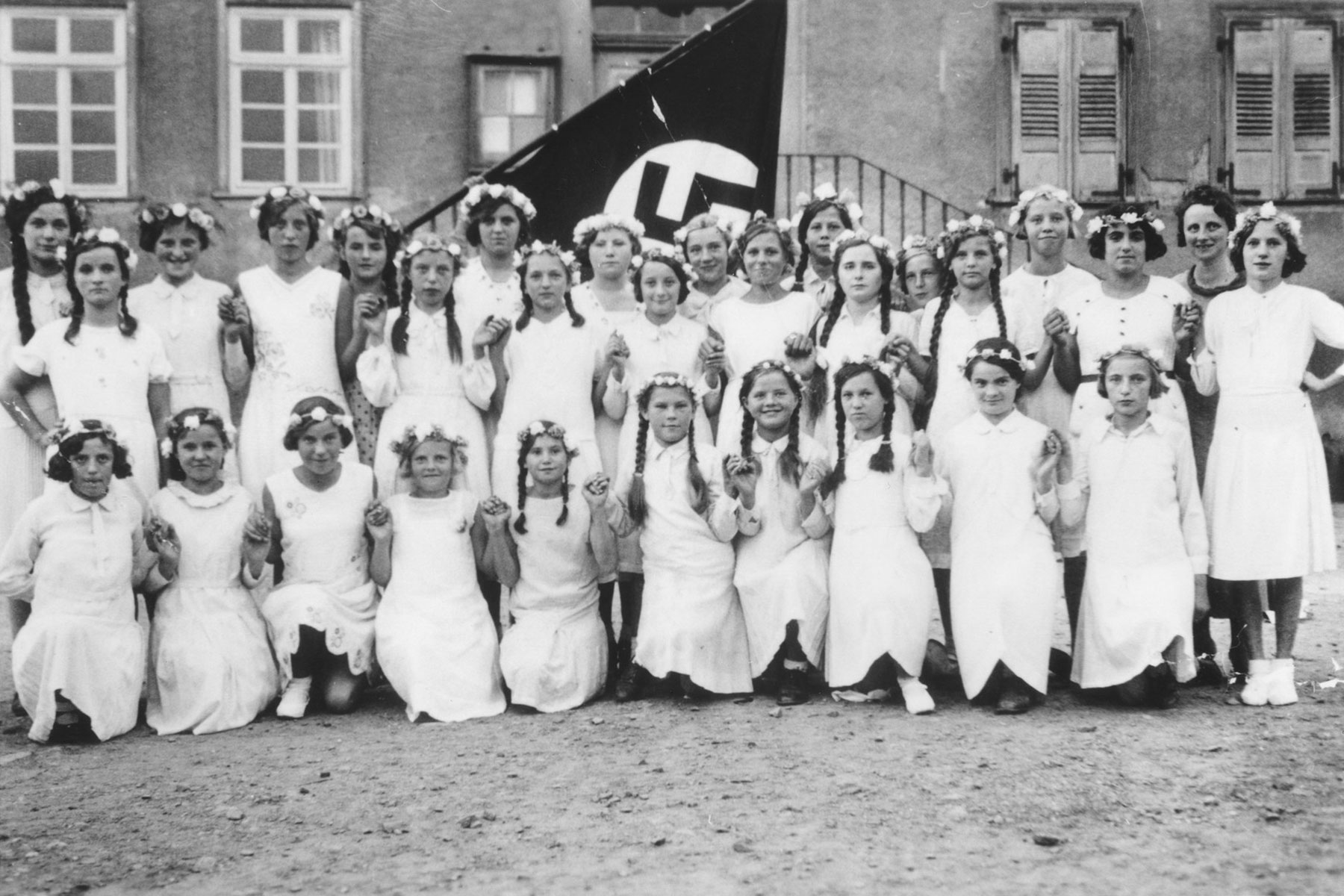
German girls pose outside their school in front of a Nazi flag in Heldenbergen, Germany, 1935. Among those pictured is Lilli Eckstein, a Jewish girl. Her teacher insisted that Lilli appear in this photo alongside her classmates. Six months later, Lilli was expelled from school for being Jewish.
US Holocaust Memorial Museum, gift of Lilli Eckstein Stern
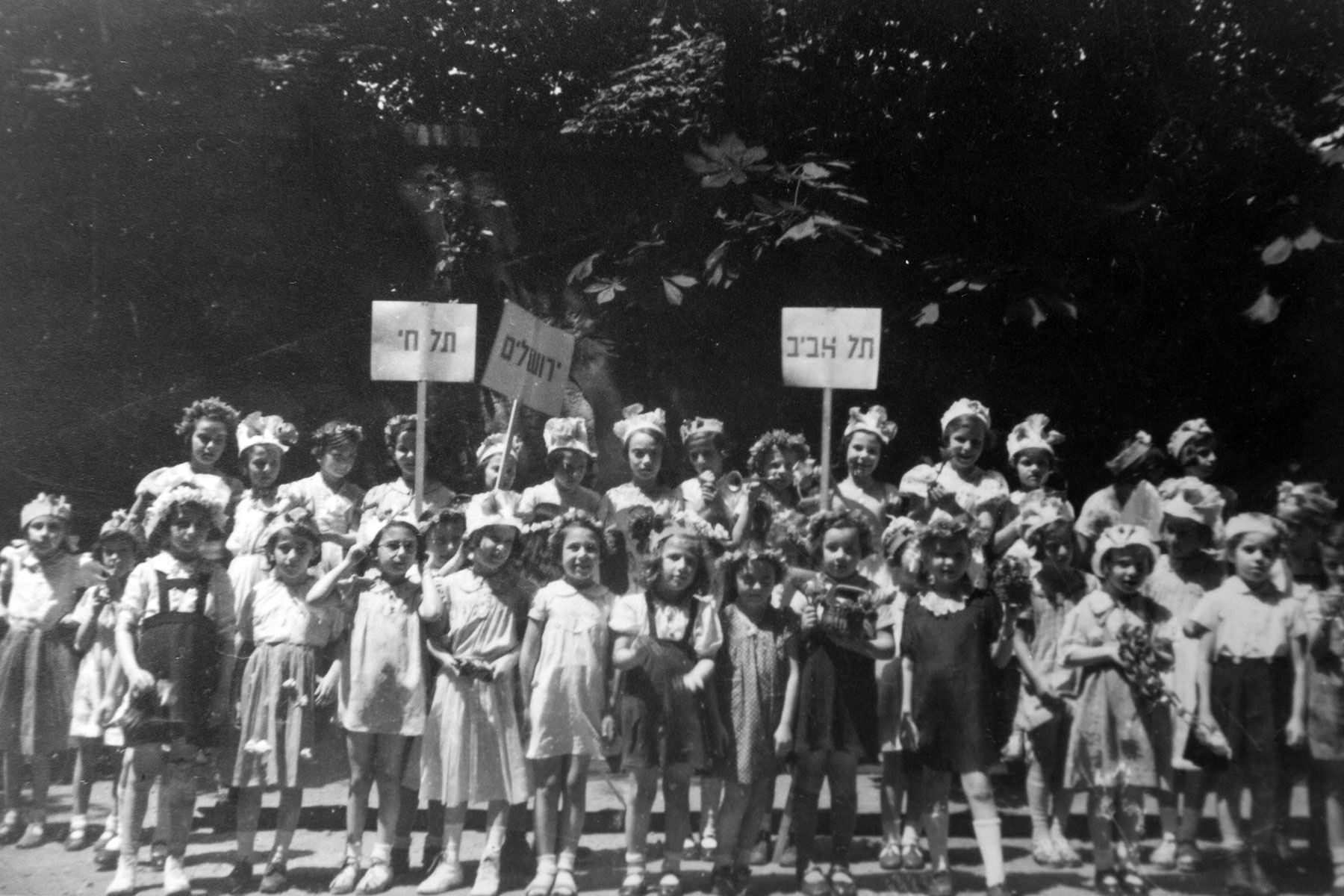
Gertrude Winter taught first and second grade at a Jewish school in Vienna, Austria, until it was closed in the summer of 1941. Gertrude met the same fate as most of her students and was killed at Auschwitz-Birkenau. Before being deported, she gathered photographs of her students (including the one above), along with hundreds of their drawings, poems, and letters, and entrusted them to a non-Jewish neighbor. In this last act, she preserved the memory of a generation of Jewish children.
US Holocaust Memorial Museum. The acquisition of this collection was made possible by Herta Griffel Baitch, Amy and Andrew Cohn, William J. and Sybil K. Klein, and Dee Dee and Eliot Simon

Students in the Kovno ghetto who attended the religious Tifferes Bachurim school, circa 1941–43. In the fall of 1941, the Jewish community in the ghetto organized schools for children, but in August 1942, educational instruction was formally banned. Limited elementary education continued clandestinely in private homes. German authorities permitted the continuation of vocational schools for teenagers, where Hebrew and Jewish history were taught in addition to crafts. Most children, however, did not go to school.
US Holocaust Memorial Museum, courtesy of George Kadish/Zvi Kadushin
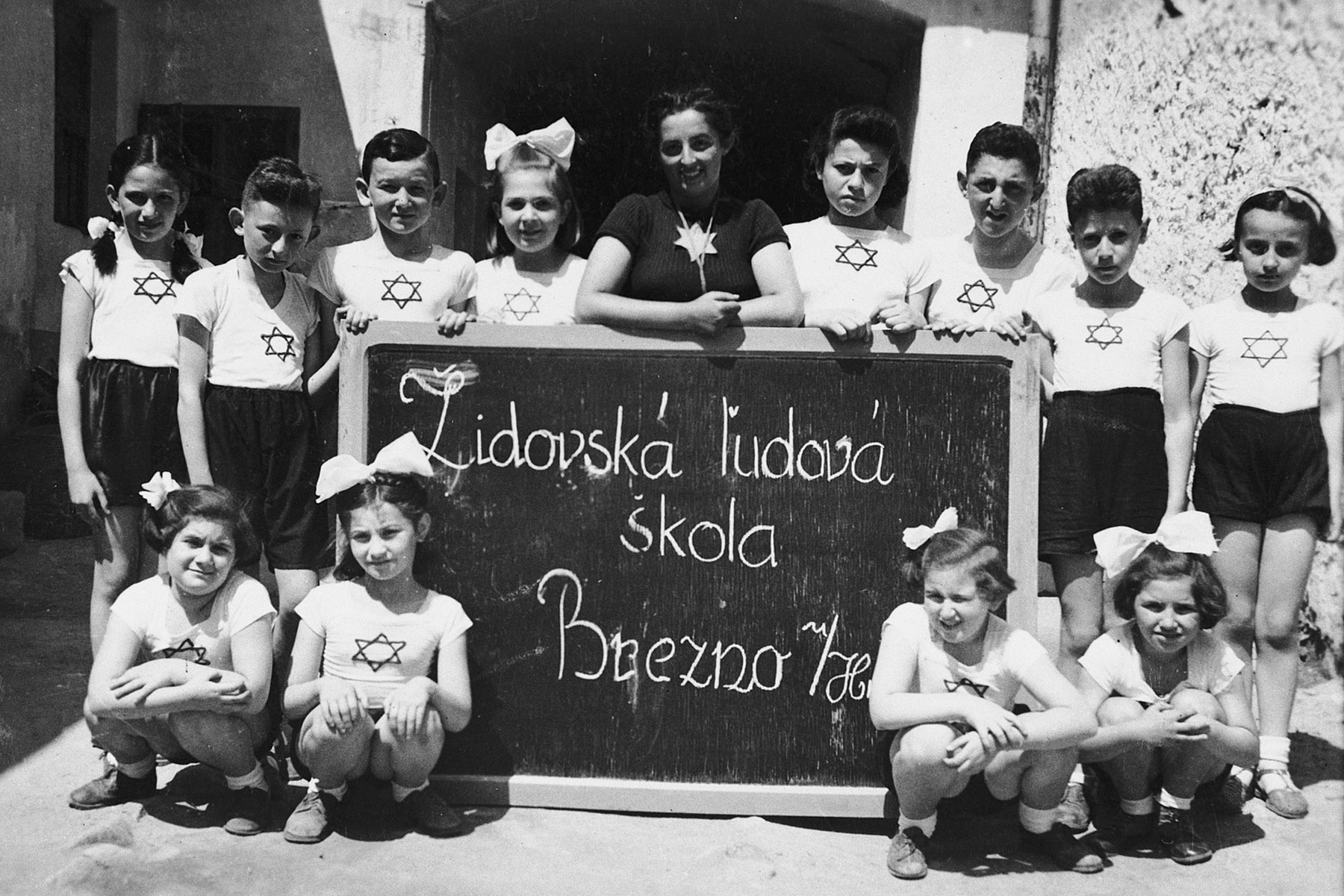
Students and their teacher, Azbeta Klein, in the Jewish school of Brezno, Czechoslovakia, pose for a class picture in 1941. One of the students was Josef Mittelman who attended a public school until all Jewish students were expelled. He then began attending this new school for Jewish students.
US Holocaust Memorial Museum, courtesy of Josef and Ruth Mittelman